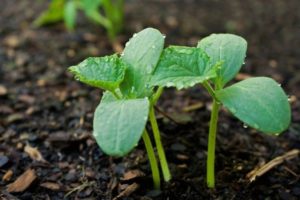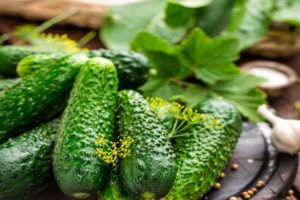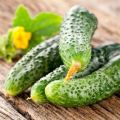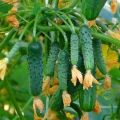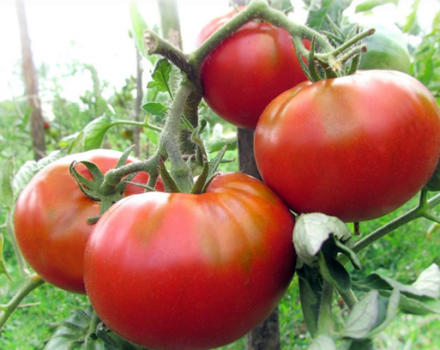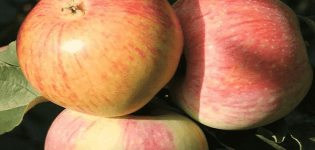Description of the Adam cucumber variety and recommendations for cultivation and care
Cucumbers Adam belongs to the hybrid of the Dutch breeding company Bejo. Show early ripening and excellent harvest in the Russian climate. They are used fresh, pickled and pickled.
The substantiated qualities of gherkins show the perfect properties created by one of the world's leading breeding leaders. Recommended for indoor and outdoor cultivation, including greenhouse, greenhouse and temporary construction.
Hybrid representation
Parthenocarpic cucumber Adam f1 has a vigorous and medium-growing female flowering bush. Abundant fruiting occurs in the period from 41 to 52 days from the moment of planting, lasts the entire growing season. From 1 sq. m you can collect 8-10 kg of gherkins. The small green leaves vary in color, with some bushes being darker in color.
The characteristics of the cucumbers are the even shape of the fruit, dark green in color with light stripes and slight mottling. The length of the greenery is on average 12 cm with a diameter of 3-4 cm and a weight of 92 grams. There is a small tuberous surface and white pubescence.
The cucumber variety has a crunchy juicy flesh with thin skin and small seeds, as well as significant aroma and pleasant taste.
In 2002, it was entered into the State Register of the Russian Federation as a plant intended for cultivation in farm, garden, garden and personal plots of our country.
Advantages and disadvantages
The disadvantages of the hybrid include only one - the female type of flowering, which is characterized by the presence of 90% of the bushes, without the possibility of cross-pollination with other varieties.
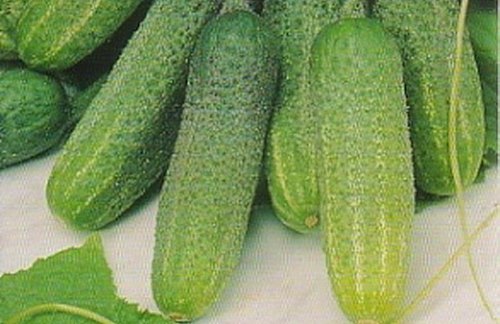
Description of the benefits:
- Early ripeness.
- Continuous fruiting.
- Stable yield.
- Excellent product characteristics.
- Duration of storage.
- Transportability.
- Excellent taste.
- Good regeneration is a high indicator of similar hybrid varieties, recovery from severe stressful environmental conditions.
- Versatility in use: salting, pickling, salads.
- Disease resistance: cladosporium, cucumber mosaic, powdery mildew.
- It does not lose its worthy qualities in case of untimely collection, only slightly increasing in width.
Low resistance to disease - downy mildew is 3 points.
Landing technology
The variety is grown both in greenhouses and on unprotected soil. Before direct sowing of seeds in open beds, they do not require heating and processing. The spring period of the second half of May - early June is ideal for planting. When breaking ridges, the planting scheme should be taken into account - 30 × 70 cm.
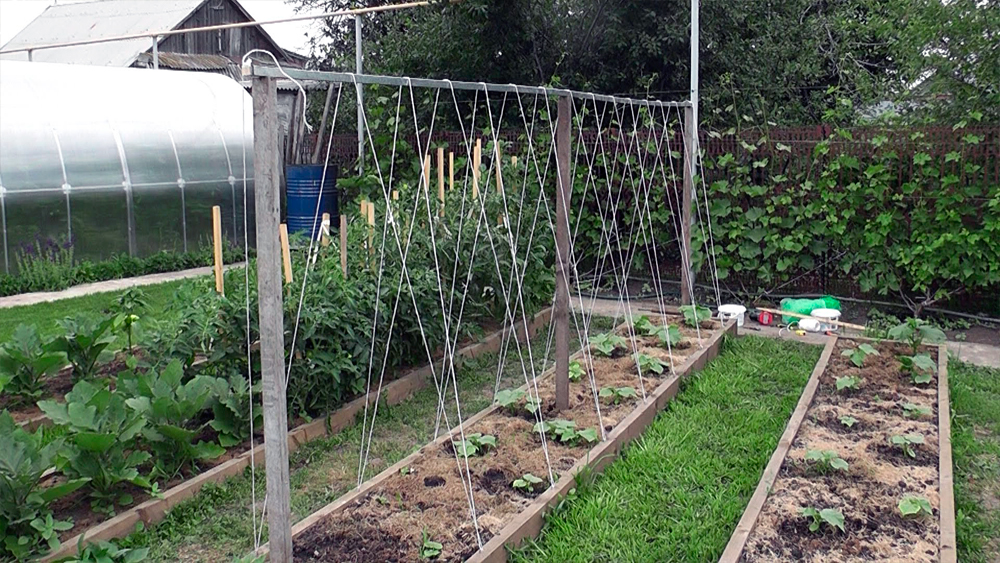
The formation of seedlings begins in early April at a soil temperature of at least 15 ° C, air temperature - 18-20 ° C. The hardening procedure takes place in the refrigerator for a day. Before planting, the seeds are spiked in warm water.
Cucumbers Adam f1 - correct planting for seedlings:
- a planting container in the form of plastic or peat pots is being prepared;
- filled with nutrient soil;
- a depression of 2-3 cm is made in the middle;
- seeds are introduced;
- sprinkled with earth.
The temperature for further growth of the seed is kept within 24-28 ° C. In order to avoid stretching the bush, additional lighting is carried out with a decrease in temperature to 20 ° C. When the seedlings reach 3-4 formed leaves, they are transplanted to a permanent place, no later than 4 weeks.
Cucumbers are demanding on soil quality, sunlight and heat. The planting bed is complemented by the introduction of organic fertilizers. Planting seedlings for a greenhouse is carried out in the same way as in open ground.
The preferred cultivation on a trellis or net allows for a comfortable and easy harvesting process.
Care and growing recommendations
Careful and constant care of the plant allows the formation of excellent gherkins.
Recommendations for care and cultivation:
- To increase the yield, when the 6th leaf appears, pinch on the main stem.
- Periodically clean the soil from weeds.
- Huddle bushes with shallow loosening of the soil at intervals of 10 days to avoid exposing the root system.
- Measure the moisture content of the soil and prevent it from drying out.
- Irrigation water should be warm - 24 ° C.
- Mulch with organic matter to slowly spread the weeds.
- Irrigation procedures for cucumbers should be carried out every week before flowering.
- During fruiting, daily watering is carried out.
- Alternating feeding with organic and mineral fertilizers is carried out 5 times during the whole season.
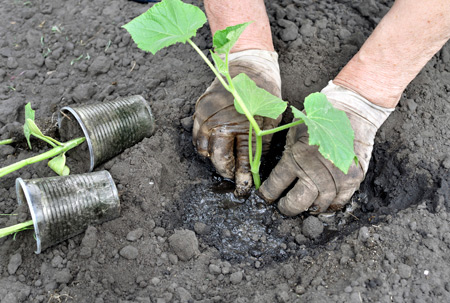
It is not recommended to cultivate a hybrid for 5 seasons in a row in the same place - the risk of infection with pests and diseases increases.
An objective opinion about the hybrid
Reviews of the hybrid mostly reflect its positive side. Many gardeners distinguish the cultivar for its fast growth, continuous fruiting and yield. The attractiveness of the appearance has a special consumer demand. Moderately dense, crunchy cucumber pulp with a large number of fruits on one bush is especially in priority.
The seeds were treated with an antifungal agent. A modern remedy from the Siberian AgroSoyuz company is an effective protection. The acquired emerald color protects them from cucumber diseases. The active substances of the coating also help the early germination of young seedlings.
The implementation of the correct approach to caring for the hybrid will soon endow any gardener with excellent fruiting of delicious gherkins.
